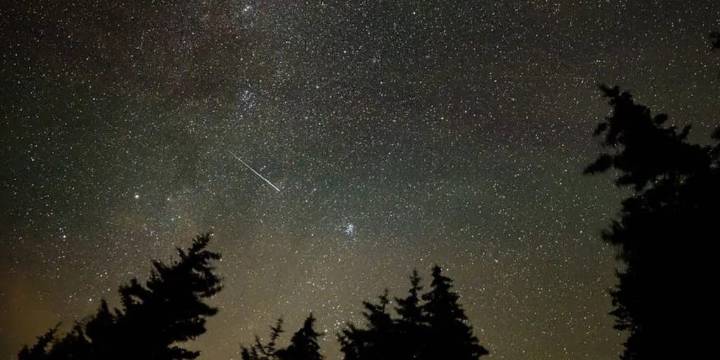This week, skygazers have two celestial events to be excited about, with a Jupiter - Venus planetary conjunction and the Perseid meteor shower peak.
Unfortunately, this is a bad-news, good-news-situation. Let’s start with the bad news first.
The summer showstopper Perseid meteor shower is underway, and the peak happens from Tuesday night into Wednesday morning.
This dependable meteor shower comes from Comet 109P/Swift-Tuttle and produces about 25 meteors per hour. Under dark skies, between 50 and 100 meteors per hour are visible, according to NASA.
A dark sky is key to spotting meteors. Moving away from city lights and other light pollution sources can also help, but if the Moon is full it’s extremely hard to spot these meteors.
However, this year, the Perseids' most active nights hap

 FOX Weather
FOX Weather

 FOX 8 News
FOX 8 News Florida Today
Florida Today Siskiyou Daily News
Siskiyou Daily News Detroit News
Detroit News WRCB-TV
WRCB-TV Blaze Media
Blaze Media America News
America News Local News in D.C.
Local News in D.C. The Daily Bonnet
The Daily Bonnet The Babylon Bee
The Babylon Bee